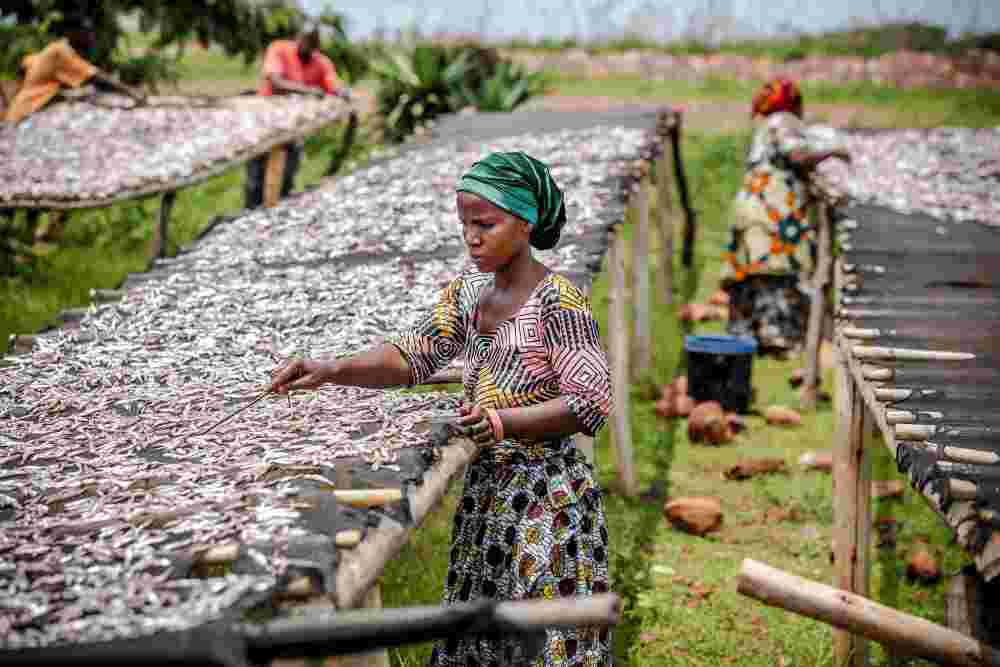Empowering Women in Small-Scale Fisheries for Sustainable Food Systems (2020-2021)
United Republic of Tanzania, 2020 - 2021
Get Microdata
Reference ID
TZA_2020-2021_EWSFSFS_v01_EN_M_v01_A_OCS
Producer(s)
Nicole Franz, Lena Westlund, Molly Ahern
Collections
Metadata
Created on
Feb 09, 2023
Last modified
Mar 10, 2023
Page views
42876
Downloads
417
1.4.2.1 Can you tell me something from your experience about small scale fisheries women access to productive assets? (x1_4_2_1_can_you_tell_me_som)
Data file: data_anon_kii
Overview
Valid:
18
Type:
Discrete
Width:
133
Range:
-
Format:
character
Questions and instructions
Categories
| Value | Category | Cases | |
|---|---|---|---|
| Few women have access but majority lack finances to invest in productive assets | 1 |
5.6%
|
|
| Few women own productive assets | 1 |
5.6%
|
|
| Have limited capital and activities are seasonal | 1 |
5.6%
|
|
| Lack access due to limited capital. Men own boats and nets and decide whom to sell fish | 1 |
5.6%
|
|
| Lack capital and thus very few own such assets | 1 |
5.6%
|
|
| Lack fishing equipment as it require big capital | 1 |
5.6%
|
|
| Limited capital and ilow income they cannot afford to buy productive assets | 1 |
5.6%
|
|
| Majority are very poor and cannot afford | 1 |
5.6%
|
|
| Men own productive assets but women control the business after catching | 1 |
5.6%
|
|
| Most of them own their own assets and capital is about 1.5 M TZS. They usual get financial support from women groups of savings | 1 |
5.6%
|
|
| Some own the assets | 1 |
5.6%
|
|
| Some women own the assets and recruit men to fish for them | 1 |
5.6%
|
|
| They are in groups and save to buy assets | 1 |
5.6%
|
|
| They own assets and it qualifies them to get loans from associations | 1 |
5.6%
|
|
| They own most of the assets | 1 |
5.6%
|
|
| They own their equipment for processing but not to quality/ standards | 1 |
5.6%
|
|
| Very few have productive assets and can also lend money to small-scale fishers/ pay for fish in advance to enable them go out to fish | 1 |
5.6%
|
|
| Women lack productive assets due to lack of capital | 1 |
5.6%
|
Warning: these figures indicate the number of cases found in the data file. They cannot be interpreted as summary statistics of the population of interest.
